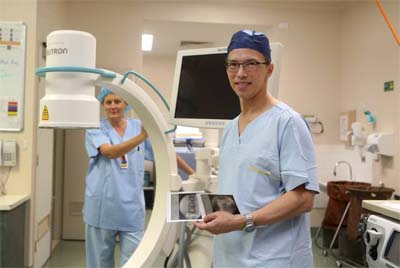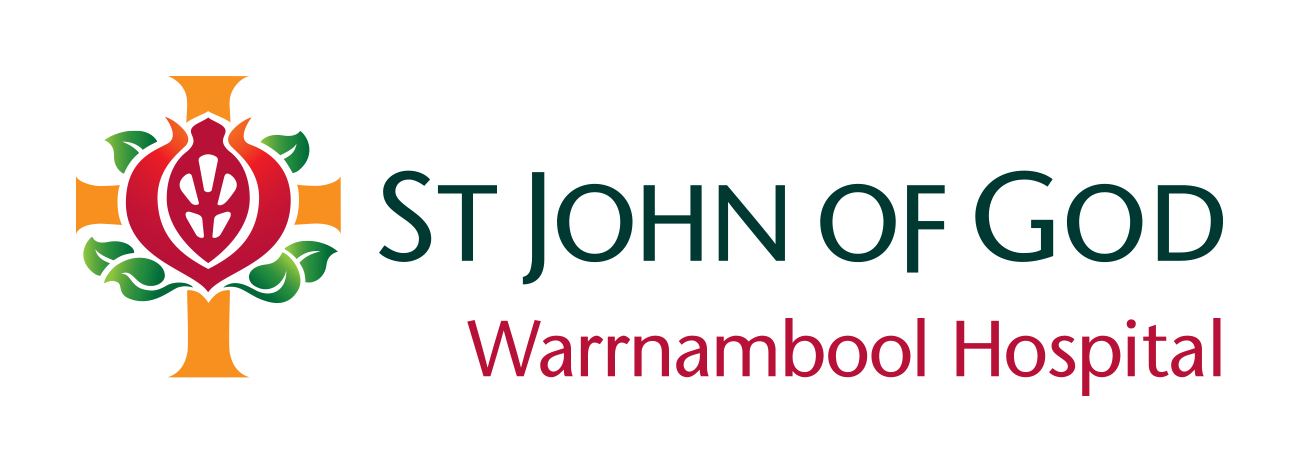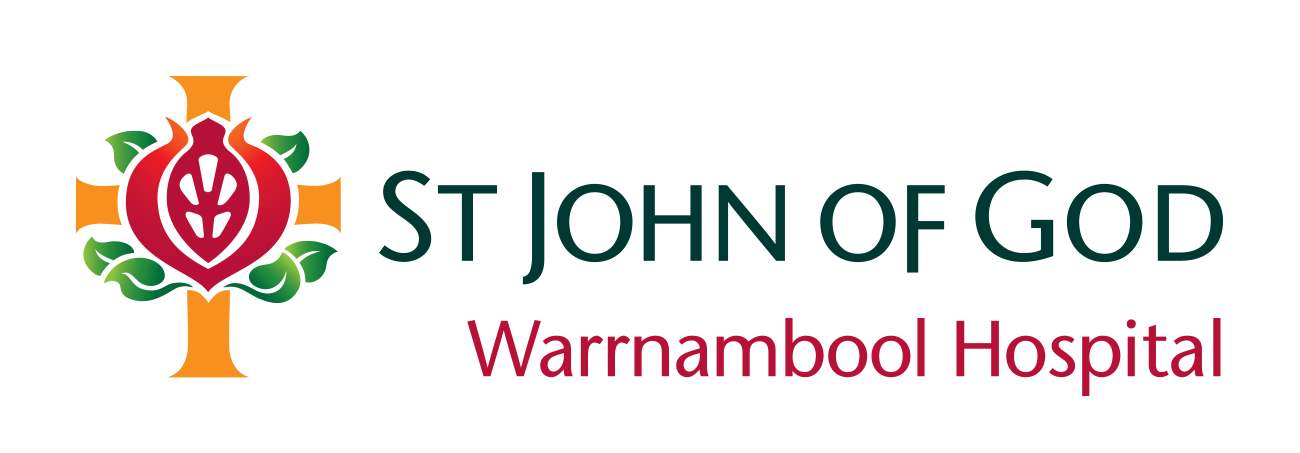Clearer images set to help surgeons at work at St John of God Warrnambool
21 Apr 2016
 21 April 2016
21 April 2016
A donation of almost $100,000 has brought an image intensifier, or mobile X-ray machine, into the hospital’s operating rooms, allowing surgeons to take on complex operations.
St John of God chief executive officer Trevor Matheson said a donation from the Midfield Group secured the machine.
“This state-of-the-art equipment further supports our talented local surgeons to perform the more high complex surgeries at St John of God,” he said.
“This equipment will save members of our community from the costs and inconvenience of having to travel out of the area to access quality surgical services.”
General surgeon Phil Gan said the image intensifier replaced an outdated unit that took up too much space in the operating theatre.
“Sometimes we need X-rays in the operating theatre and we can’t bring the machines that are in the radiology department into the theatre but you can bring in a portable one,” he said.
“This is replacing a much older unit that was, in fact, two components. Often there was just not enough room in the operating theatre for those two big pieces of equipment.”
Mr Gan said the portable machine was easier to use and was useful in a variety of surgeries.
“I can move it around and it’s much easier for the surgeon to actually look at the X-ray as it’s being done,” he said.
“For me, as a general surgeon, I would use this routinely for gall bladder operations because often we want to inject contrast, a liquid material that shows up on X-rays, we then inject the contrast into the bile duct, because when we’re doing gall bladder surgeries we can’t tell what’s in the bile duct with a camera, so we need an X-ray. This contrast fluid that we inject into it shows us that there are no gall stones have escaped into the bile duct.
“I would also use it for putting in chemotherapy ports. We can’t tell from where the needle goes into the skin where the tip of the wire is, because the tip of the wire has to be close to the heart, so when you’ve got an X-ray it can tell us that the wire is going into the correct position.
“The orthapaedic surgeons use these all the time because bones show up really well on X-ray and they need to check that the alignment is correct.”
Plastic surgeons also use the machines for things such as hand injuries and physicians use them to insert pacemakers. Mr Gan said it also had a digital edge with images taken uploaded to a server to allow them to be accessed at other times.
Note: reproduced with permission and thanks to 'The Standard'.

